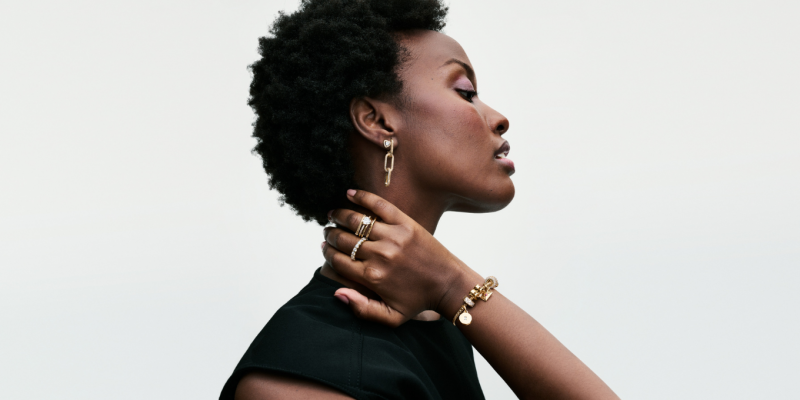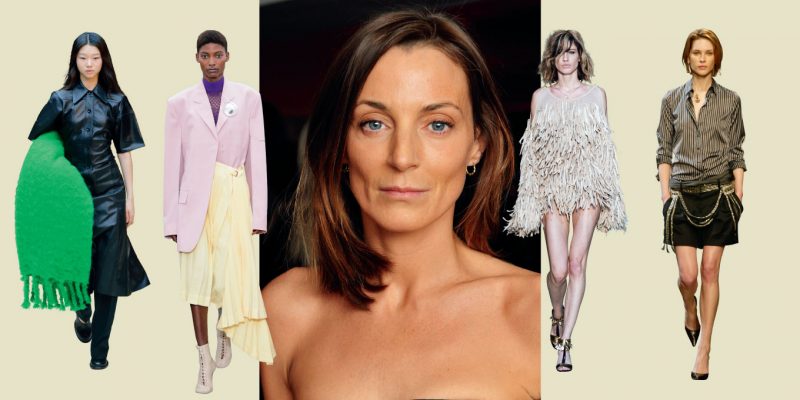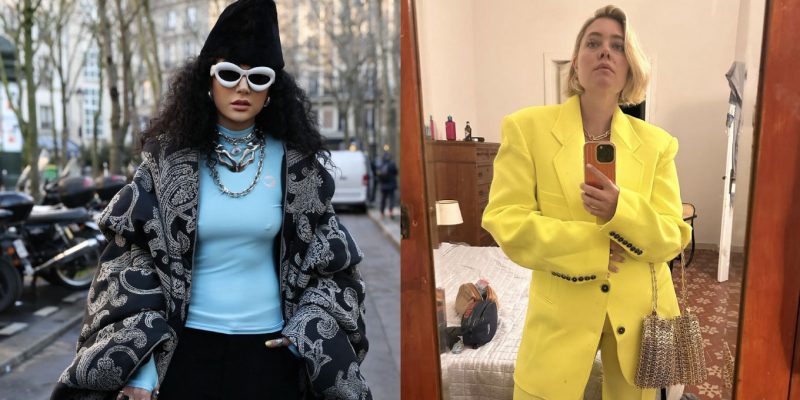Trends
A Talented Tailor Is Your Wardrobe’s Secret Weapon
A fashion director and pro tailor share their top tips for making smart alterations.
by : Truc Nguyen- Oct 12th, 2023
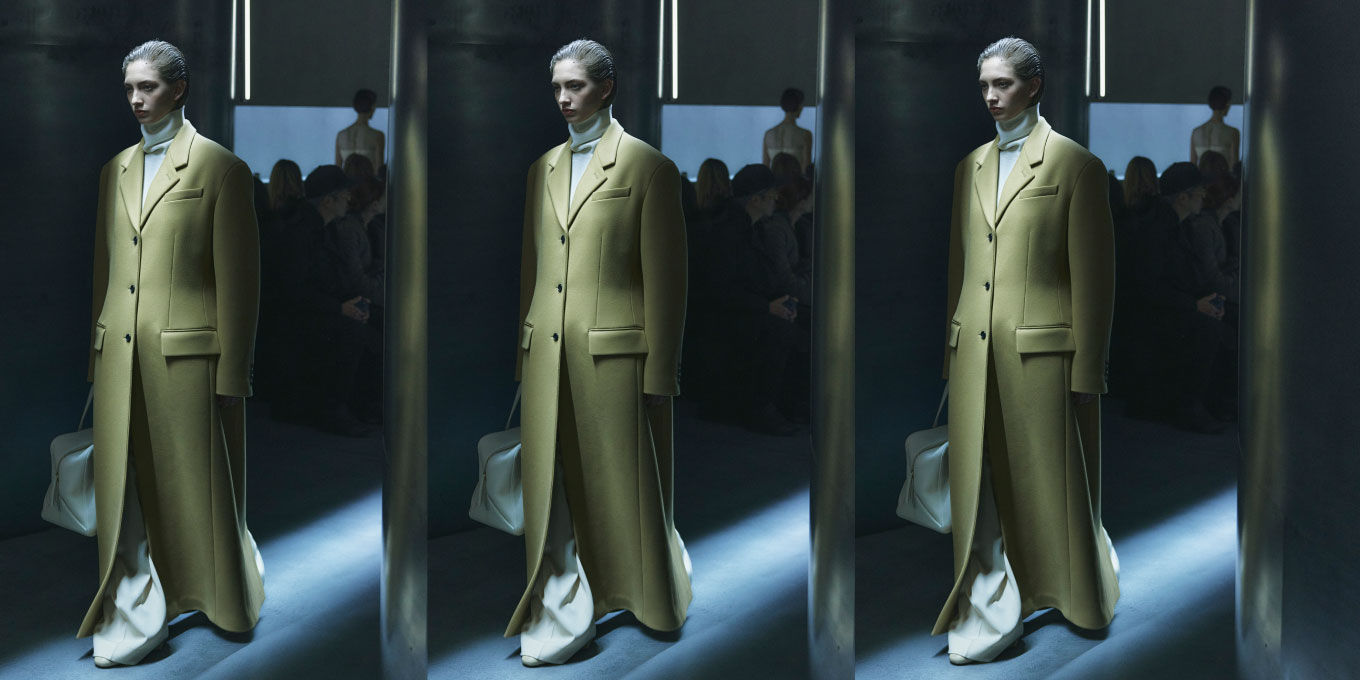
Khaite/Launchmetrics Spotlight
Minimalist silhouettes rendered in luxurious fabrics might be in style for the fall/winter season—they are, after all, a logical amalgam of the so-called “quiet luxury” trend and the return of ’90s minimalism—but unlike the sleek, tailored looks that designers like Calvin Klein and Jil Sander were showing in the late ’90s, this season’s take on minimalism feels decidedly more insouciant, often eschewing conventional tailoring rules and placing the emphasis on the shape and feel of a garment and how proportions work in sync.
In other words, the latest must-have pieces are intended to fit a certain way—and you’ll likely need some alterations to get the look right, unless you’ve got model proportions. “Stealth sophistication is the [hallmark] of the quiet-luxury trend, which is rooted in impeccable tailoring and the best-fitted suits, jackets, T-shirts and trousers,” says Joseph Tang, fashion director at Holt Renfrew, citing “New Age minimalism” on the runways at Prada, Zegna, The Row, Totême and Khaite. This fall, designers are also embracing the “new feminine” trend, “taking classic female silhouettes and juxtaposing them with menswear-inspired jackets or fabrications,” says Tang.
It’s partly the Succession effect and partly a response to the shifting mood. “Last season and last year, it was all about the frivolity of the ’20s—everyone was so excited to get out—as well as massive embellishments and bold prints,” says Tang. “There’s a restraint we’re seeing from the collections this fall that seems timeless and could transcend seasons. It’s about using the lines of the collections to kind of trick the eye, whether you’re five feet tall or six feet tall.” That could mean wearing a mid-rise skirt with a cropped jacket or a sharp-shoulder top with a stretch-jersey column dress. The goal is to elongate the body and ensure that those different proportions all make sense together. You don’t want to look like you’re drowning in the clothes or like the clothes are wearing you, explains Tang.
“If you can wear something off the rack and it looks great, you’re very lucky. But everyone’s proportions—like arm length, leg length and waist size—are different.”
Because proportions—and, in some cases, an intentionally imperfect fit—are so key this season, it can be tricky to pull off this bolder take on minimalism with clothes that are straight off the runway (or rack), especially if you’re taller or shorter than average. A pair of extra-long trousers that stylishly pool at a model’s feet will be unwearable for someone with a shorter inseam. “If you can wear something off the rack and it looks great, you’re very lucky,” says Jenna Gandy, a tailor with Cadre Artist Management who has worked with celebrities like Taylor Swift and Shania Twain. “But everyone’s proportions—like arm length, leg length and waist size—are different.”
Tailoring is all about refining and polishing the fit of a piece so that it works better for your frame. Even seemingly subtle tweaks can change the fit and feel of a garment, which is helpful if you’re looking to update existing items in your wardrobe or replicate the impact of a runway look with more budget-friendly buys. It might take time to find the right tailor or alterations expert, but it’s a search that is worth the effort.
Loewe F23
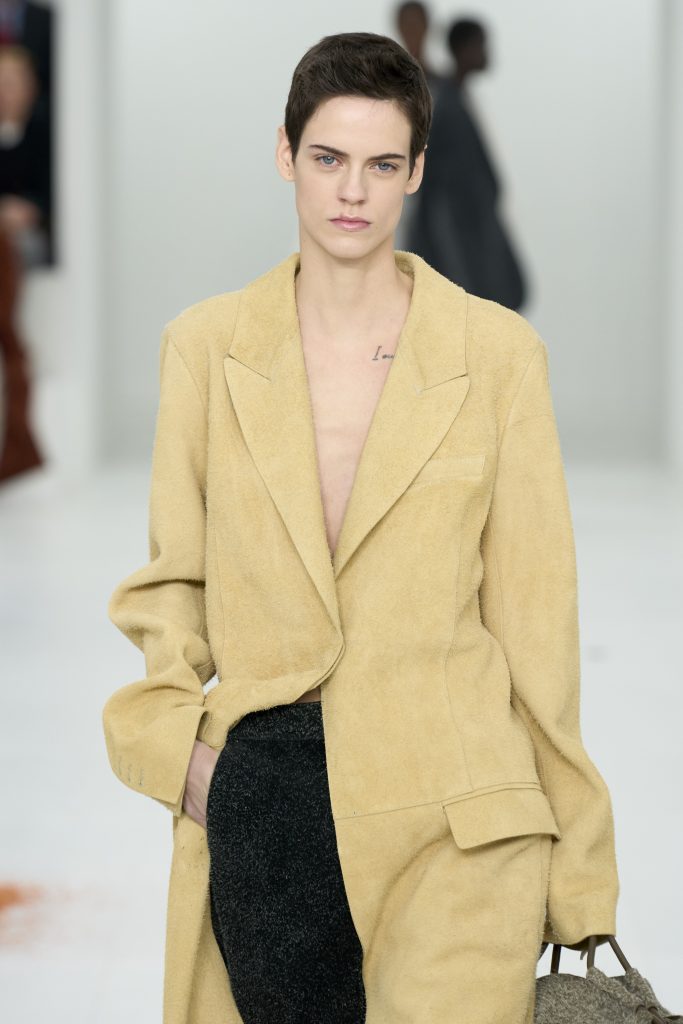 Launchmetrics Spotlight
Launchmetrics SpotlightGandy suggests asking friends for referrals, doing some online research and then taking in something relatively simple to alter as a trial. “You have to build a relationship, and you can start with a pair of pants,” says Gandy. “Test [a tailor] out—see if they ask you questions [and] how detailed they are.” If you’re asking them to shorten a pair of pants, for example, they should ask you what shoes you’re going to wear with them, whether you want a break in the front and so forth.
Ideally, your tailor will know how things should fit traditionally (one of Gandy’s pet peeves is pants that drag on the ground) but will also be knowledgeable—even enthusiastic—about current trends so they can make the right tweaks to achieve your desired look. “With the help of a passionate, caring tailor,” says Gandy, “you can greatly manipulate clothes to your advantage.”
PRO TIPS
Jenna Gandy and Joseph Tang share their top tips for making smart alterations.
+ If you’re buying a new garment and know you’ll need to have it altered, it’s better to size up. It’s typically much easier to take in a larger garment than to let out one that’s too small or too short. “Go in knowing what silhouette you really want, and then work closely with the seamstress or tailor to fit the garment to your body,” says Tang.
+ More complicated changes might require more than one fitting. “If you’re doing a lot of adjustments at once, always come back for try-ons,” says Gandy. “Have reasonable expectations—recutting something takes patience. It’s a process.”
+Tailoring is not just for formalwear and workwear. “You could buy a pair of sweatpants but they’re just too baggy and you need to shorten them,” says Gandy. You could wear them as they are, “but if you made them fit you properly, they would look so much better.”
+Wash or dry clean new garments before altering them in case they shrink a little bit in the process. “A lot of companies don’t pre-shrink fabric,” says Gandy.
+When you’re getting pants shortened, says Tang, ask the seamstress or tailor to leave a couple of inches on the hem instead of cutting off all the fabric so that if you decide later on that you want to wear them with heels instead of flats, it’s still an option.
Newsletter
Join our mailing list for the latest and biggest in fashion trends, beauty, culture and celebrity.
Read Next
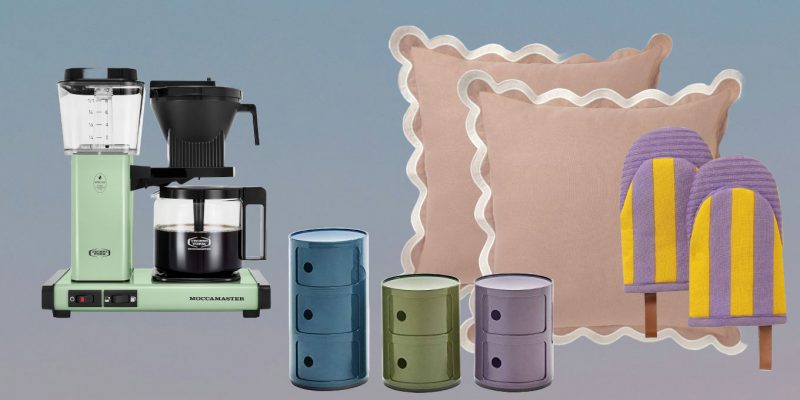
Decor
10 Amazon Decor Finds That Belong in a Designer’s Home
Yes, Amazon.
by : Maca Atencio- Apr 29th, 2024

Fashion
Pregnant Bellies Are Moving Into the Spotlight
Viva la MILF!
by : Jillian Vieira- Apr 29th, 2024
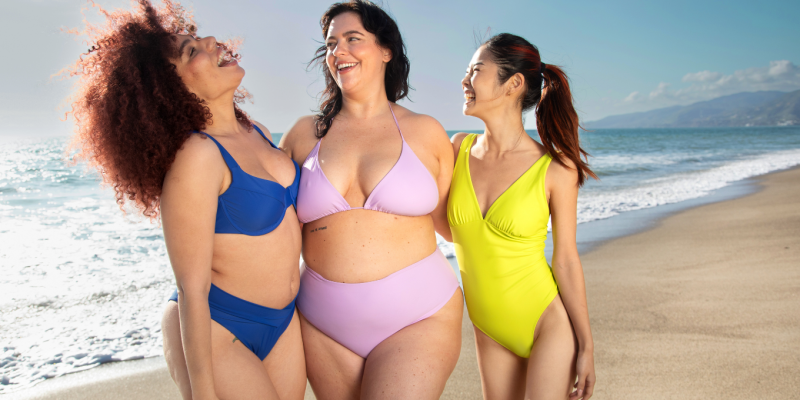
Beauty
Summer Prep: How to Feel Confident in Your Swimsuit
New Size-Inclusive Swimwear: Gillette Venus partners with The Saltwater Collective to Launch a Collection for Any Body
by : ELLE Canada- Apr 24th, 2024

